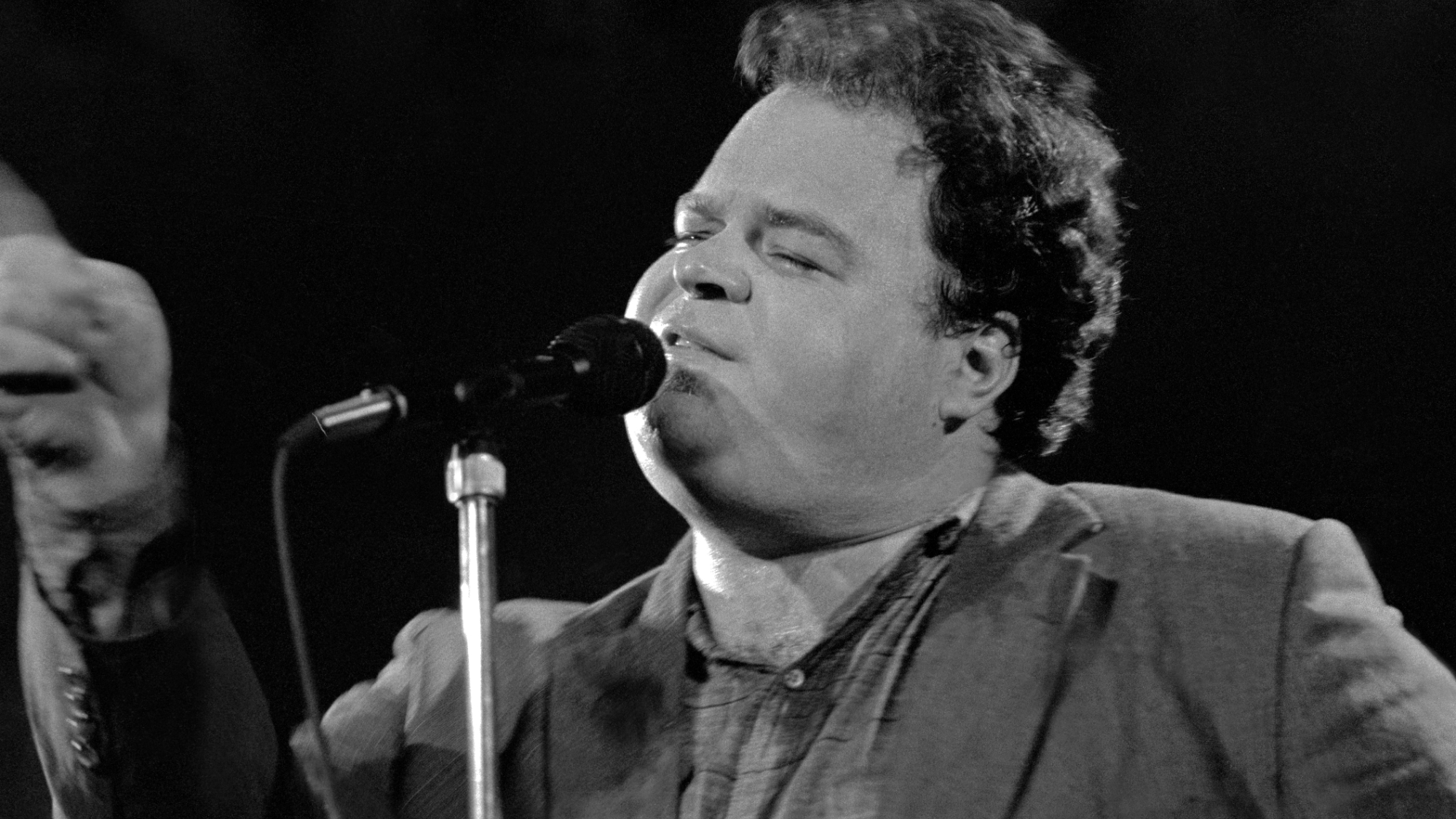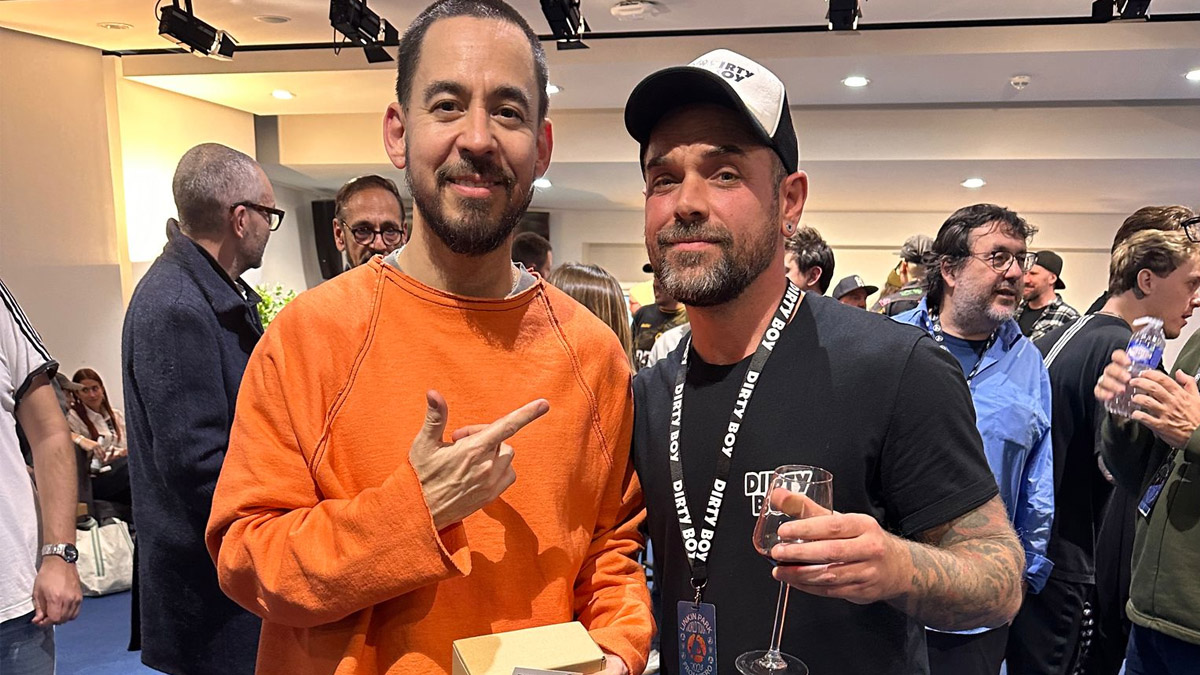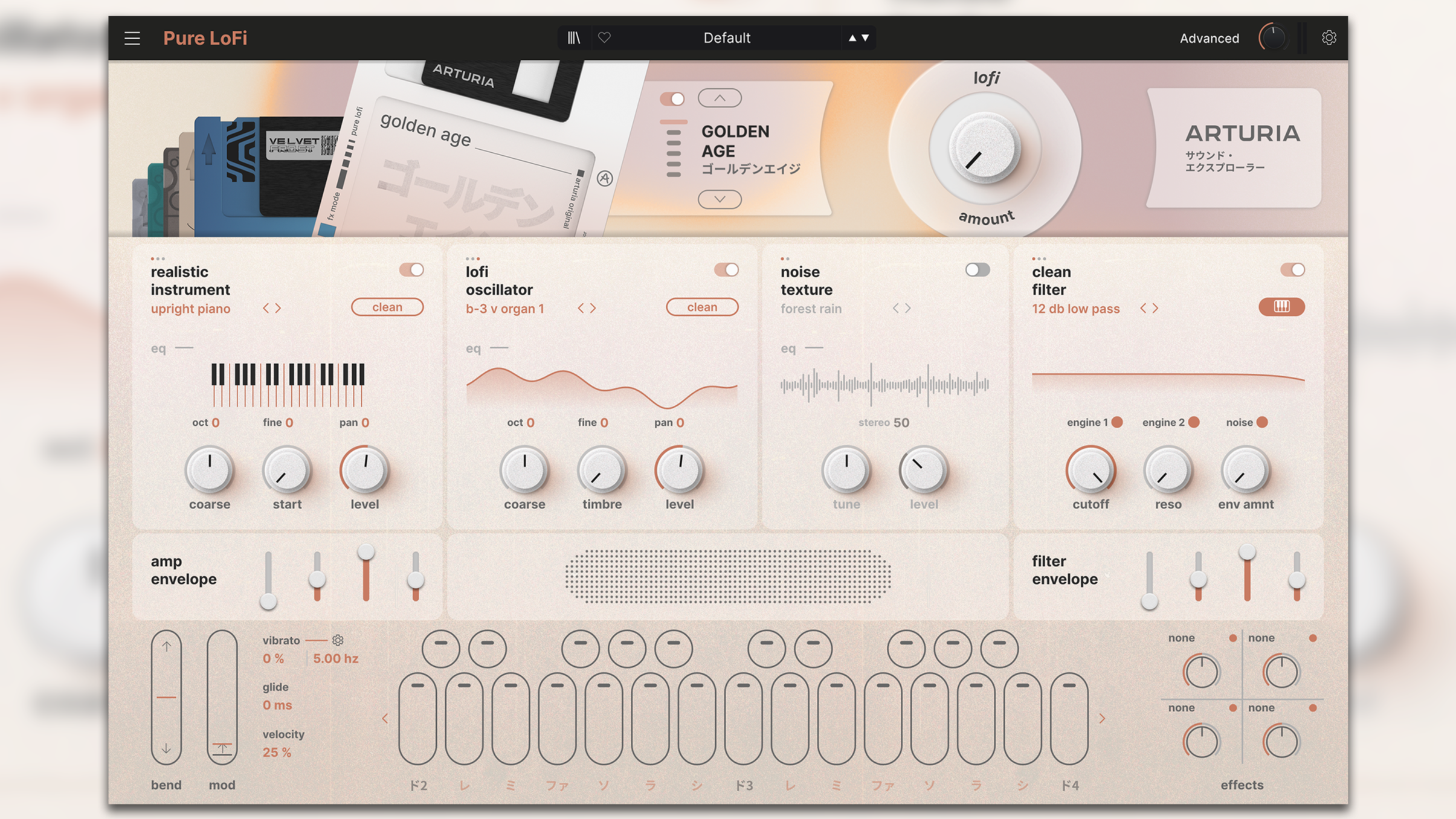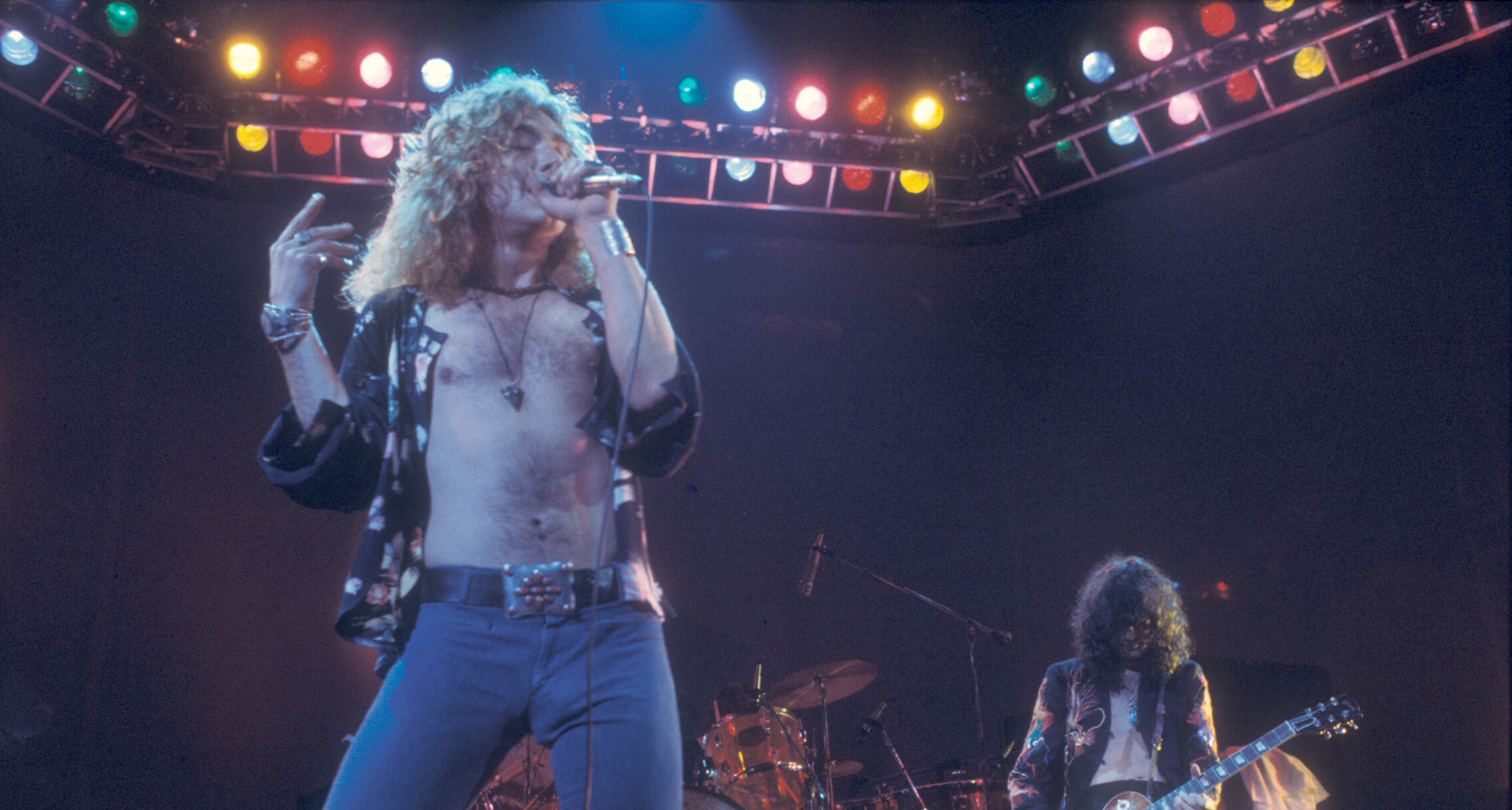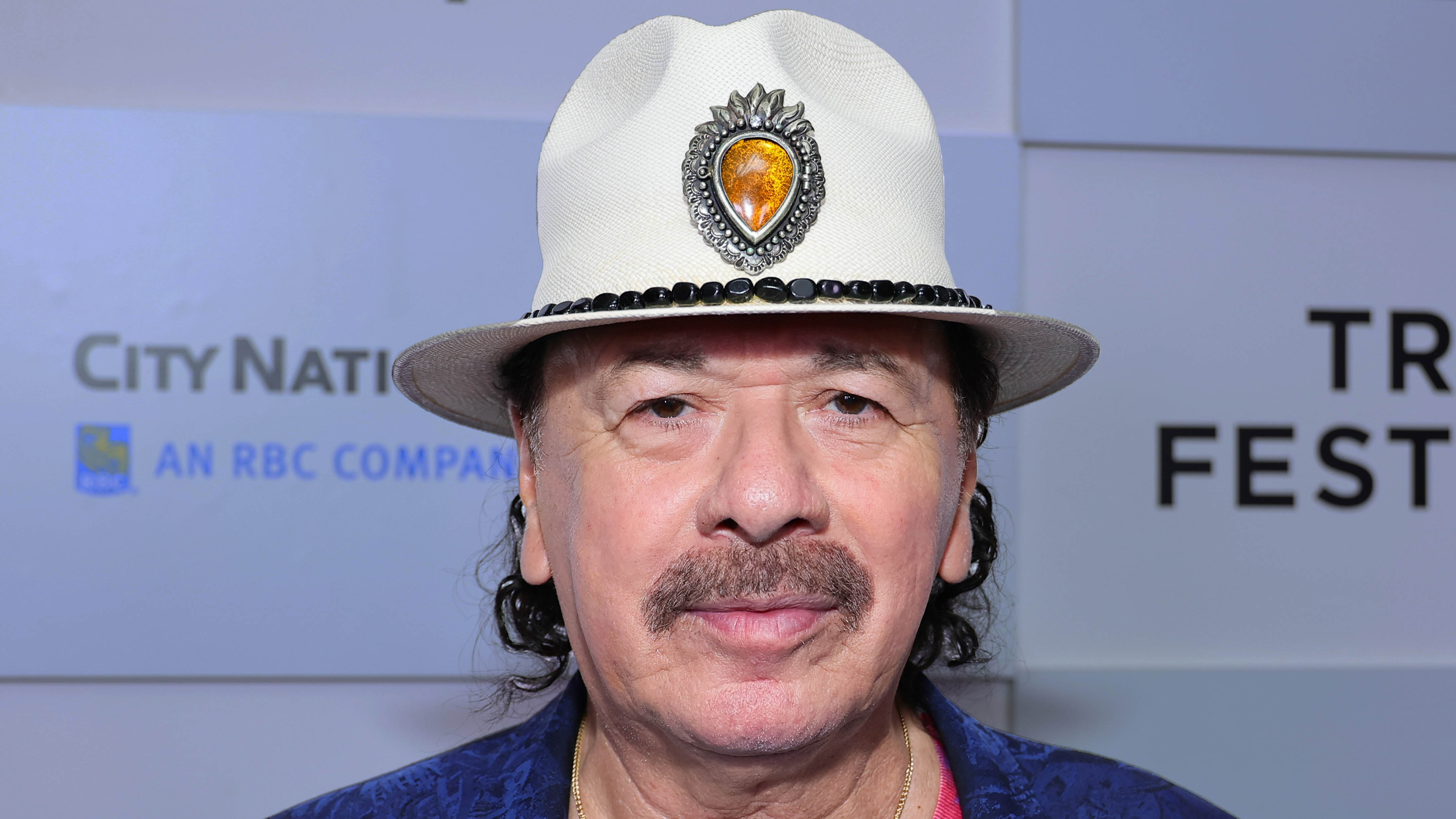“Everyone thinks the amps are going to make you sound great because they are so expensive”: Kenny Wayne Shepherd on the biggest misconceptions about Dumble amps, the “bona-fide genius” behind them – and why the clones don’t measure up
Shepherd is a long-standing user of Alexander ‘Howard’ Dumble’s amps and was a friend of the late amp guru. Here he discusses amps’ mythical status and salutes the man who made them

Kenny Wayne Shepherd caught the Dumble bug during the sessions for his 2004 studio album, The Place You’re In, when he rented one of the legendary tube amps and couldn’t believe what he was hearing coming out of the speaker.
He had to get one of his own. But how? Well, he did the obvious thing and asked the guy who rented him the amp if he was open to offers. No dice.
“The guy wouldn’t sell it to me,” says Shepherd, checking in from Texas, hours before showtime on the Experience Hendrix Tour. “So I said, ‘I want to meet this guy! I want him to build me an amp.’ And the guy says, ‘Oh he doesn’t build amplifiers anymore, and even if he did, he wouldn’t build one for you.’”
This conversation wasn’t a dead loss. No, Shepherd didn’t get to buy the amp, nor did he get a contact for the legendary Alexander ‘Howard’ Dumble. But he did get the next best thing; a contact for Andy Fuchs, a venerated builder of guitar amps in his own right who has made D-style amps something of a specialty.
Fuchs helped Shepherd out, building him a couple of amps to take out on tour. Although they were close enough for the stage, there was still a difference in the studio.
Everything changed when Shepherd finally met Dumble. Now it all made sense, and this explained why the clones can’t compete with the original, and why a lot of players who dream of playing through a Dumble let alone owning one can sometimes be disappointed by what they hear.
“I realised why none of the clones actually measure up to the real thing – because there’s so much information!” says Shepherd. “Those guys get ahold of a circuit, they get ahold of one of his amps and they are able to de-goop it and then they go, ‘Okay! This is how you build it.’ But there is so much about building those amplifiers that was all in his head.”
Get the MusicRadar Newsletter
Want all the hottest music and gear news, reviews, deals, features and more, direct to your inbox? Sign up here.
Shepherd became friends with Dumble, and regards him as a genius who applied this sort of computational sensibility to his custom amp designs that made the difference.
While many amp builders will take a schematic and work from as though it were Julia Child’s recipe for boeuf bourguignon, Dumble would pore over the components, and the way Shepherd describes it, he had this almost epicurean approach to amp design.
The truth of the matter is that the Dumble amplifier is so transparent that, if you’re not a very refined player, it’s going to expose all of your flaws in your playing
“I have watched him take a bag of these little capacitors and measure each one of them and see what the value of it was,” says Shepherd. “I don’t even know how many of them he would toss aside because they didn’t have the right value. Like, he knew. It’s printed on there what it is supposed to be but he knew, in his head, what it needed to be, and it’s not necessarily the same number.
“He was like, ‘No, this needs to measure this number in order for it to be any good in my amplifier, and he was the only guy who knew all of this stuff, so that was one of the small but actually important reasons why the clones just never actually measure up.
“Now, for the guys who are trying to get that sound, and can never get access to a guy like Dumble, to the man himself, that’s the next best thing. But if you actually had the real thing and compared them to the clones it is never going to be the same thing. It’s just not. There was so much intellectual property that resided in his brain and nobody knew it.”
But what can players expect should they be lucky enough to get the chance to put their electric guitar through a Dumble amp? For better or worse, they are going to get a true representation of their playing, and that can be a chastening experience.
“The misconception is that everyone thinks the amps are going to make you sound great because they are so expensive and they are so highly regarded,” says Shepherd. “But the truth of the matter is that the Dumble amplifier is so transparent that, if you’re not a very refined player, it’s going to expose all of your flaws in your playing.
“That’s why I think some guys get an opportunity to play through a Dumble amp – or maybe a clone came kind of close to the sound – and they don’t like it. ‘I don’t get it!?’ It might be because it is exposing some things about their playing that they are able to cover up better by using other amplifiers.”
Shepherd believes Dumble amps offer a “great platform” for any player but part of the magic of their design was how they were tailored to each individual player’s needs. Dumble, who passed away in 2022, would take the time to learn each player’s style before fine-tuning the design for them, to ensure the amp feels right as well as sounding right. All of Shepherd’s Dumbles were made by the man himself, and he had a very particular process.
He would fine-tune each one of those amplifiers to my playing style, and so they naturally react the way that I would want them to
“I would go to his house and he would plug me into different amplifiers to see how I would interact with the amplifier,” says Shepherd. “he goes, ‘Well how do you play? What’s your style? What’s your approach? How hard or soft [do you play]? What are you trying to get the amplifier to do?’ And then he goes and he builds that amplifier to suit your needs and your playing style. That’s why he was very particular about people not selling the amplifiers to other people, because they weren’t intended for that person.
“My amplifiers, he built every one of them. They are tailor-made to my guitar playing. He would base it off the design of an amp that he had built for many other people, but he would fine-tune each one of those amplifiers to my playing style, and so they naturally react the way that I would want them to. That frees up so much more creativity for me because I am not struggling to get certain sounds from my amplifier.”

Pickup a copy of Shepherd’s new album, Dirt On My Diamonds Vol. 2 and you’ll hear what he means. There are some ridiculously hot and greasy tube tones courtesy of those Dumbles, with a few choice drive pedals in the mix, too.
He and I became very close. He was a genius. I am absolutely convinced the guy was a bona-fide genius
Those tones are part of the Dumble legacy. But Shepherd also sees that legacy from a friend’s point of view. There was no one quite like Alexander ‘Howard’ Dumble.
“I just felt really honoured to have the friendship that I had with him, because it went beyond just amplifiers,” he says. “He and I became very close. He was a genius. I am absolutely convinced the guy was a bona-fide genius – and everything that came along with that, because oftentimes people that are that smart specialised in their field are different individuals to your everyday person. And he certainly was incredibly unique.”
You can read more about the making of Dirt On My Diamonds, the gear behind it, why he wrote the album in Muscle Shoals, Alabama, and how Shepherd approaches performing Jimi Hendrix’s material in the full interview, coming soon to MusicRadar.
Jonathan Horsley has been writing about guitars and guitar culture since 2005, playing them since 1990, and regularly contributes to MusicRadar, Total Guitar and Guitar World. He uses Jazz III nylon picks, 10s during the week, 9s at the weekend, and shamefully still struggles with rhythm figure one of Van Halen’s Panama.
“The most musical, unique and dynamic distortion effects I’ve ever used”: Linkin Park reveal the secret weapon behind their From Zero guitar tone – and it was designed by former Poison guitarist Blues Saraceno’s dad
Carlos Santana collapses and then cancels second show “out of an abundance of caution”




